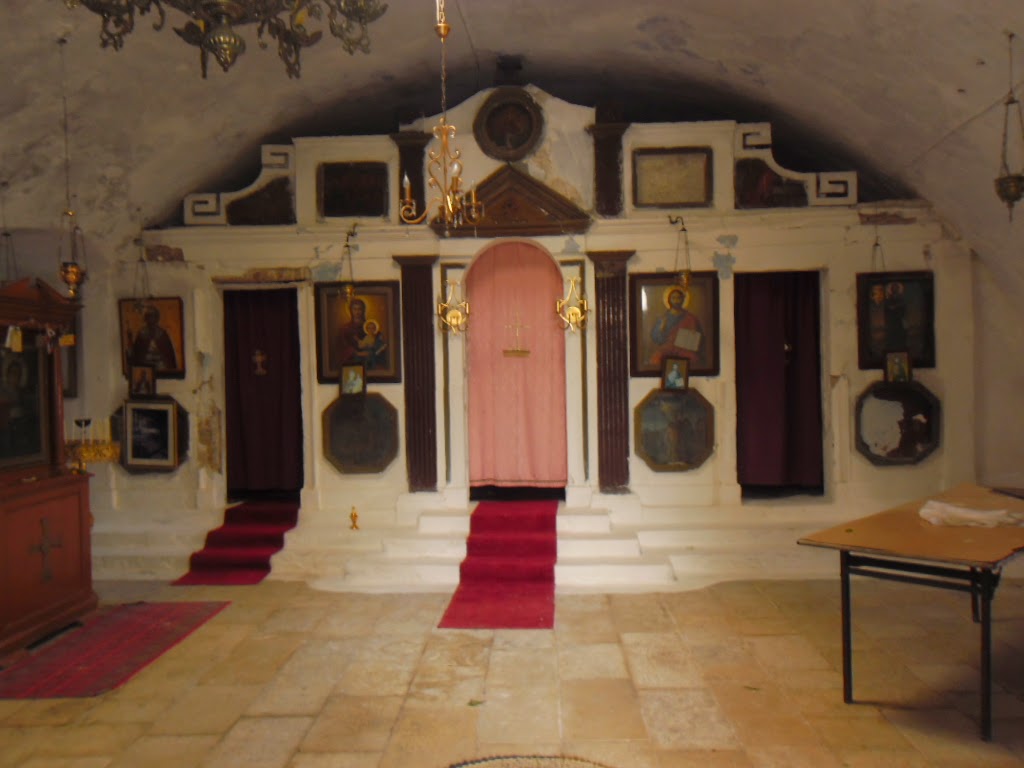“For me, Lefkada is the greatest place on
Earth. It has the sea, the sun, mountains and snow, and all very close,” tells
me my renter for the next couple of days. Indeed the Western Greek Ionian
island has something for everyone, and little to envy to all the Cycladic
islands.
 Lefkada is a concentration of diverse heavenly
landscapes and peaceful spots, beautiful hiking trails and little picturesque
villages where you will easily be in touch with the local population. The
Northern capital offers visits of its castle, museums and, just a few miles away, the ancient and first
city of the island, Nirikos. But for those less prone to History, ballads along
the port offer amazing views of the mountain just across the bridge, and little
beaches are reachable nearby.
Lefkada is a concentration of diverse heavenly
landscapes and peaceful spots, beautiful hiking trails and little picturesque
villages where you will easily be in touch with the local population. The
Northern capital offers visits of its castle, museums and, just a few miles away, the ancient and first
city of the island, Nirikos. But for those less prone to History, ballads along
the port offer amazing views of the mountain just across the bridge, and little
beaches are reachable nearby.
The island abounds with monasteries; hikes into the island's luxurious
forest and up to the mountain village of Karia; beautiful sceneries mixing
mountainscapes and seascapes all along the Western coast; the impressive cape
of Lefkada “Cape White,” South of Vasiliki, where the female poet Sappho
allegedly leapt to her death to escape her own
love for Phaon...
love for Phaon...
As many other Greek islands, Lefkada has been
occupied many times: Mycenaeans, Corinthians, Romans, Venetians, Ottomans,
British... something still felt in the island's plural architecture. It is
notably during the occupation of the Corinthians that a bridge was built to
link the island to continental Greece, which today has been replaced by a
floating bridge, making it therefore very easy to come by bus or by car to this
piece of paradise.
Arriving in the capital, Lefkas, I sink in a
bit of history by visiting the beautiful ruins of its Venetian castle, Holy
Black, just across the bridge. Enclosed within fortifications, it spreads on
green grass with white-grey rocks making up a maze of demolished walls, stairs
leading nowhere, almost undamaged battlements and series of open windows with a
stunning sight on the mountains, and on the turquoise sea and thin white-sanded
beaches.
There on a corner of what used to be the big
central room, I notice the little Church of Αγίας Μαύρας, that gave its
name to the castle by extension, and which was constructed in the Middle Ages
by John Orsini, Count of Cephalonia.
Inside, the dim golden pictures and humble wooden furniture agree with the
simple beauty of the old forgotten rocks outside in broad daylight. I am even
finding myself the only visitor there, adding to an irrepressible serene feeling of being alone in the world,
swallowed up by the charm of the island's nature and the peacefulness of these
centuries-old walls.
But the city center is also worth the walk,
with its maze of sunbathed pedestrian streets, made up of typical Southern
bright and warm colours and where you will meet a friendly wandering cat every
ten minutes. Most of all, one can only feel the attractive general atmosphere
of a tranquil life going on, on a background of televisions heard from within
the homes mixed with the sound and smell of delicious spiced Mediterranean
dishes being cooked.
Then I go only a dozen miles away to Kalamitsi,
a typical Greek village on top of a hill with pretty little cobblestoned
streets, tavernas where you can meet the residents, traditional coffee shops and small
grocery stores. My renter there kindly proposes me to pick me up in Lefkas, and
the car ride itself is worthwhile, passing by magnificent seascapes from the
height of bushy hills, the sun glittering lightly on the clear water below.
Arriving at the house on the very top of the village, he presents me to his
grandmother who lives just underneath my room, a sweet Greek γιαγιά
dressed all in black, who does not speak one word of English.
Hiking down and up the hill is a real treat:
scented pines, olive trees fields with the occasional grazing donkey, a view of
the never-ending sea just below... Down the hill a little white chapel stands on
the side of the road among the olive trees' invading branches, facing the sea.
Kalamitsi beach is definitely worth the trip. I have never seen a shade of blue
so bright, even in ad campaigns.
At my return the grandmother greets me warmly;
we exchange a few words and, visibly happy to have some company, she gives me
four eggs from her own hens and a bottle of divine home-made olive oil that
smells so good I would want to drink it all up at once. Back in my room,
enjoying the last night on the island, I let the peacefulness of the place fill
me before going back to work on the morrow.
"Tourism in Greece" edition (bottom p.6), May 24, 2014








